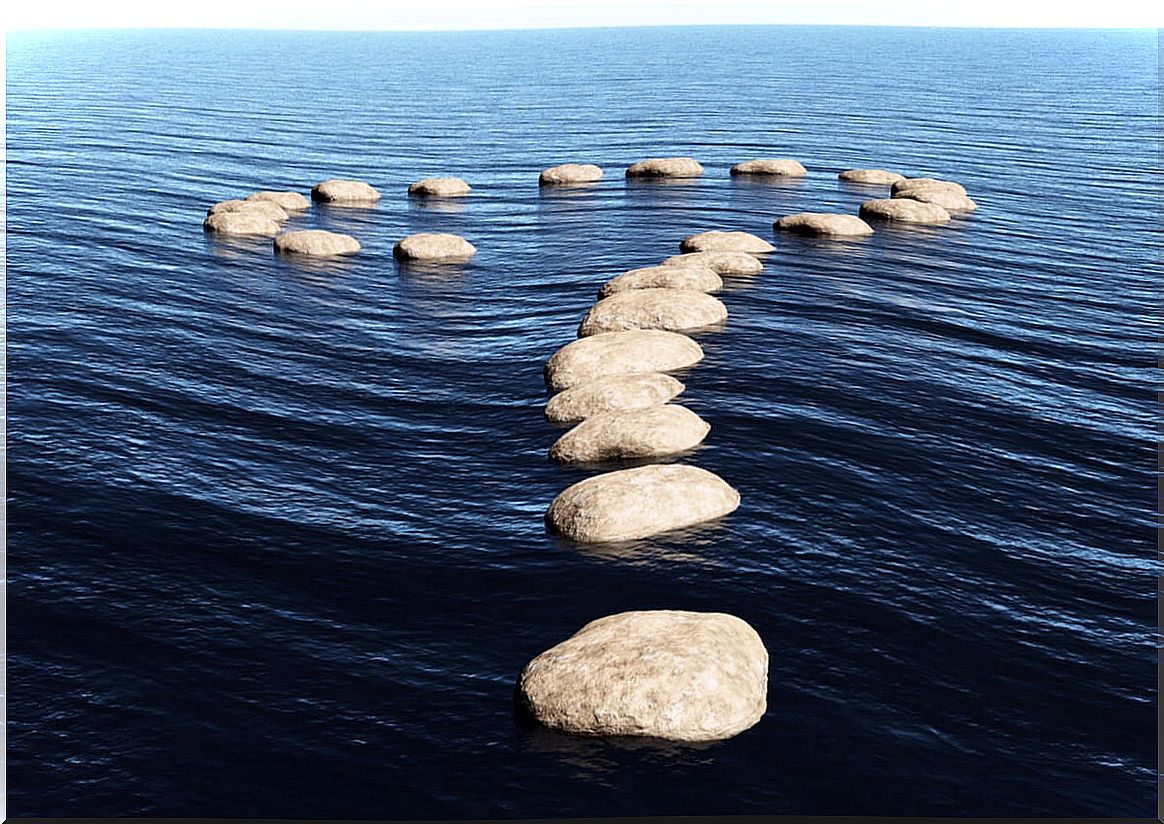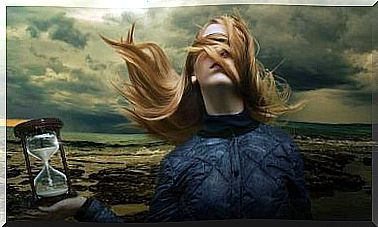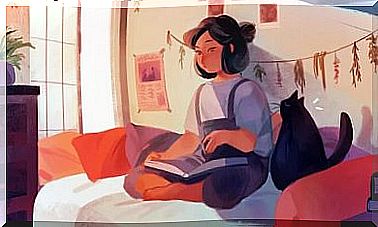The Koans And Lateral Thinking

Koans are riddles used in Zen philosophy. They are proposed as a way for a person to see reality from a point of view other than the conventional. That puzzle involves a problem in which the answer begs the question, rather than the opposite.
Koans promote lateral thinking. This is a mode of thought in which creativity and intuition predominate, before analysis and formal logic. Therefore, many times a Koan can seem absurd, illogical or irrational. Its meaning is to take reason to another terrain.
In the Koan there are several implicit meanings and therefore cannot be taken literally. The same question in which the problem arises must be subjected to reflection, since many times it contains a hidden meaning only visible in the light of intuition.

Lateral thinking
The brain executes two types of thinking: logical and creative. Lateral thinking corresponds to the latter and through it ideas are generated, problems are solved and situations are approached in an innovative way. It is characterized by its independence from preconceptions and patterns.
The concept of lateral thinking is due to the psychologist Edward de Bono. He coined this term in his work The Use of Lateral Thought , in 1967. In his work, he makes a distinction between lateral thinking and vertical thinking:
- Lateral thinking. It is divergent and is influenced by the right hemisphere. It starts from analogies and does not follow a linear sequence.
- Vertical thinking. It is linear and is influenced by the left hemisphere. Work on the basis of schemes or patterns.
One of the techniques that lateral thinking uses is to generate random associations. The koans basically apply this logic. Likewise, they turn to the analogy, which is at the core of this type of thinking.
The koan
Koans resemble what is known as aporias, that is, reasoning that includes paradoxes or contradictions that seem unsolvable. The usual thing, in the Zen field, is that the teacher shares them with his disciples as one more part of the learning.
There are several famous koans. One of the best known is from master Hakuin Ekaki and he says: “This is the sound of two hands, what is the sound of one hand?” Another widely spread is the one that states: “When a tree falls in a forest, does it make noise if there is no one to hear it?” This is also well known:
“–Master, help me find the truth.
– Do you perceive the fragrance of the flowers?
-Yes.
–Then I have nothing to teach you ”.
The goal in koans is not to find the answer to a problem as such, but to promote a way of thinking that encourages the revision of what we take for granted. Even within Zen teaching, trying to solve one of these puzzles is said to show that nothing is being learned.

The value of koans
The koan promote lateral thinking, their way of understanding the optimal functioning of the brain is an invitation to break with prejudices. They think that rationality strips reality of its complexity. In this duality cannot exist at the same time: either it is or it is not. These riddles try to show the opposite: it is and it is not simultaneously.
Although it is a way of teaching, its objective is not to transmit specific content, but to train the ability to think about the world in another way, to undo preconceptions. The following example illustrates this very clearly:
“The master asked a monk what a stone was.
One of the monks replied:
– From the point of view of Buddhism, everything is a mental representation; So I’d say it’s inside my mind
– You must feel your head very heavy if you go around carrying a stone like that in your mind! ”.
In Zen philosophy, the purpose is not to accumulate knowledge or knowledge, but to “awaken”. This means being able to contemplate the world in all its complexity and discover that thought is not a solid block, but a cycle full of cracks.









